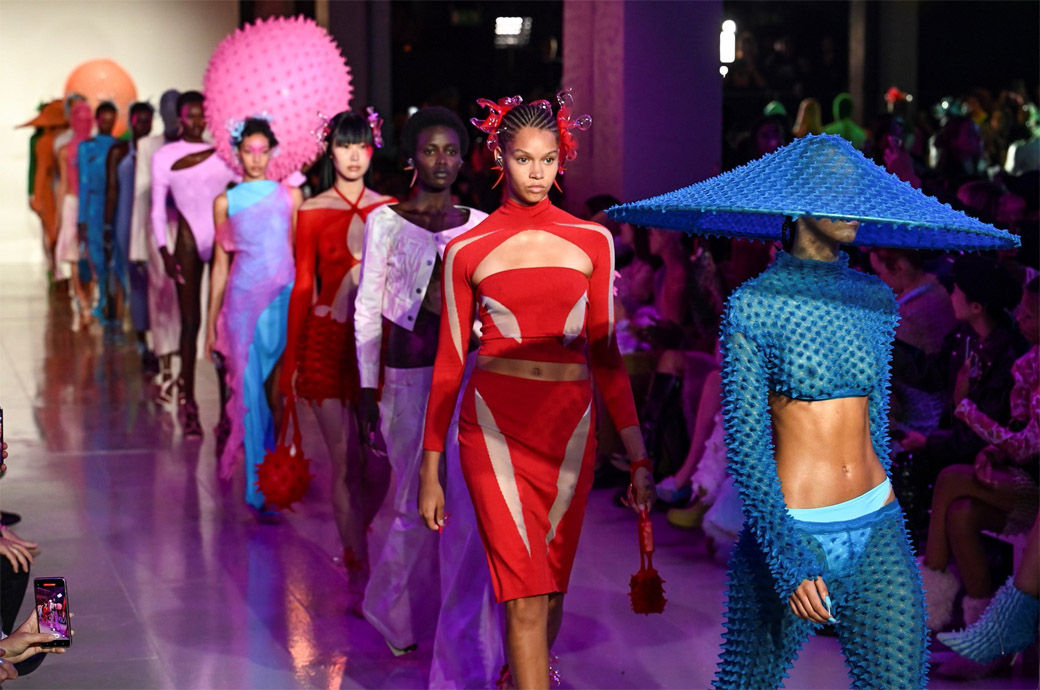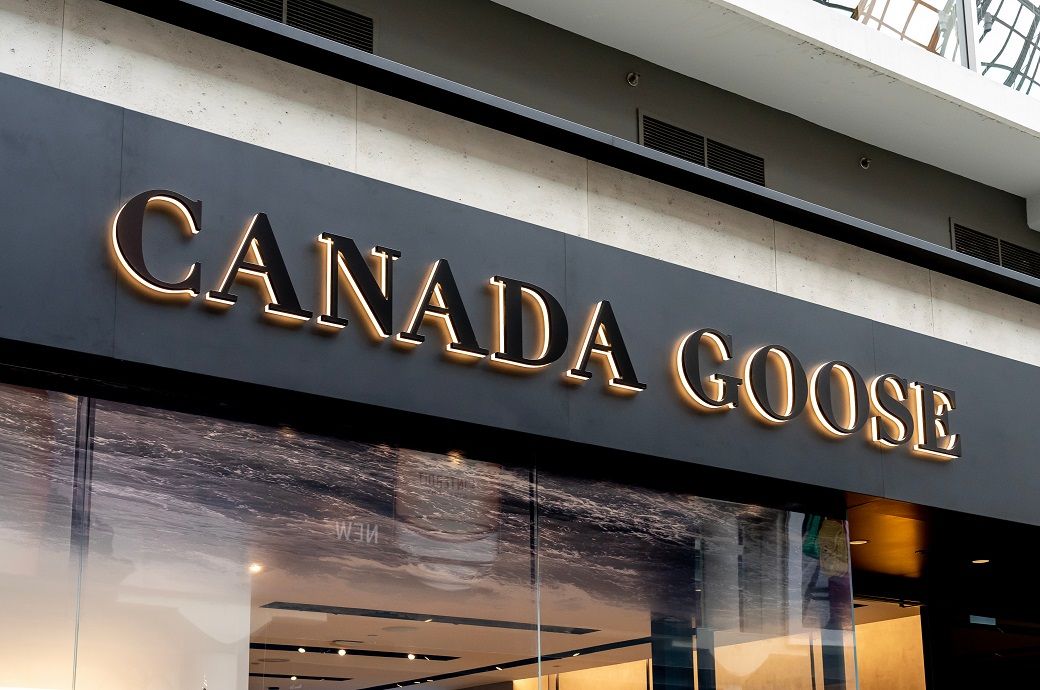By
AFP
Published
February 20, 2024
The brilliant diamonds shine just the same, but there are key differences: Naturally mined gems are more than a billion years old, while lab-made rocks are new and cost less than half the price.
Man-made gems are reshaping the $89 billion global diamond jewelry market, especially in the western Indian city of Surat, where 90 percent of the world's diamonds are cut and polished.
In Smit Patel's gleaming laboratory, technicians drop slices of crystal diamond “seeds” into reactors that mimic the extreme pressure underground.
“Once the customer sees it for themselves, they are sold. I think this is the future,” said Patel, director of Greenlab Diamonds and the third generation of his family to be in the diamond trade.
From seed to ring-ready jewelry, it takes their team less than eight weeks to produce a diamond virtually indistinguishable from a mined gem.
“It's the same product, the same chemical, the same optical properties,” Patel said.
Gas, heat, pressure.
India's lab-grown diamond exports tripled in value between 2019 and 2022, while export volumes increased 25 percent between April and October 2023, up from 15 percent in the same period a year earlier, according to the latest industry data.
“We have grown 400 percent year-on-year in volume,” Patel told AFP.
Reactors in labs like Patel's are pumped full of carbon-containing gases, such as methane, and the crystal grows under heat and pressure. The rough diamonds are then taken to another facility where hundreds of workers design, cut and polish the stones.
The global market share in value of lab-grown gems has soared from 3.5 percent in 2018 to 18.5 percent in 2023, New York-based industry analyst Paul Zimnisky told AFP, and will likely surpass 20 percent this year. This has increased pressure on an industry already battered by geopolitical turmoil and falling demand.
'clean' stones
Machine-made diamonds were first developed in the early 1950s, but less than a decade ago technological advances were necessary to create a commercially viable process. Producers boast that their gems are lower in carbon costs, although there are questions about whether the energy-intensive process is better for the environment.
Patel said his lab uses solar power from the local grid, although others absorb electricity from high-carbon sources. And while sellers of mined gems say “conflict diamonds” from war zones are kept off the market through the international Kimberley Process certification scheme, laboratory producers argue their facilities ensure a clean record.
Such environmental and humanitarian claims have helped make lab-grown stones a popular choice for engagement rings.
As of February 2023, 17 percent of diamond engagement rings sold in the United States, the world's largest consumer of natural stones, used lab-grown gems, according to industry analyst Edahn Golan. According to Golan's assessment, it is now 36 percent.
This has been made possible in part by hundreds of companies in China and India, both among the largest producers of artificial stones.

Perfect storm
Indian lab-grown diamond manufacturers exported 4.04 million carats between April and October 2023, a 42 percent year-on-year increase, according to India's Gem and Jewelry Export Promotion Council (GJEPC).
By contrast, Indian natural diamond companies reported a drop of more than 25 percent, to 11.3 million carats, during the same period. While sales of natural diamonds during the Covid-19 pandemic surged as wealthy buyers sought to ease lockdowns with luxury purchases, demand fell as economies reopened.
Major companies were left with costly excess inventory.
Ajesh Mehta of D.Navinchandra Exports, whose group is one of the authorized buyers or “call holders” of global diamond giant De Beers Group, said it was the worst fall in his 30-year career.
“This is a totally different lack of demand,” Mehta told AFP. “Everything came like a perfect storm.”
Other factors besides competition from lab-grown rivals included slowing economic growth in the important markets of the United States and China, as well as oversupply and sanctions against rough Russian diamonds.
India's natural diamond industry was forced to adopt a rare voluntary ban on rough diamond imports in October. “We had to hit the reset button,” Mehta said. “Otherwise people would panic.”
At least five Indian tourists told AFP that the De Beers group had reduced prices by between 10 and 25 percent for different categories of diamonds in the first sale of its year, as buyers restock after vacations in the United States. Joined.
No monopoly
The laboratory-developed industry has also had its problems.
Supply has skyrocketed and prices have fallen sharply, with wholesale prices falling 58 percent in 2023 alone, according to Golan's analysis.
Traders in Surat told AFP that the price of a lower quality one-carat polished stone had fallen from $2,400 in 2022 to just over $1,000 in 2023.
WD Lab Grown Diamonds, the second-largest American producer of artificial stones, filed for bankruptcy in October.
But Patel maintains that falling prices will stimulate demand. “We knew prices would go down because there is no monopoly in this industry,” he said.
Customers at a jewelry showroom in Mumbai, India's commercial capital, seemed to agree. “A mined diamond would be five times more expensive,” says 29-year-old Lekha Prabhakar. “If you want something you want to wear every day… a lab-grown diamond works. I really like it.”
Copyright © 2024 AFP. All rights reserved. All information displayed in this section (submissions, photographs, logos) are protected by intellectual property rights owned by Agence France-Presse. Consequently, you may not copy, reproduce, modify, transmit, publish, display or commercially exploit in any way the content of this section without the prior written consent of Agence France-Presses.











